Hygrade Casting will be closed from 20th December 2024 and re-opening again 20th January 2025. Merry Christmas & Happy New Year!
Hygrade Casting will be closed from 20th December 2024 and re-opening again 20th January 2025. Merry Christmas & Happy New Year!
We’ve abandoned outdated business practices and casting methods in favour of complete transparency and cutting-edge technology, ensuring flawless results. Our services cater to high-end jewellery retailers, workshops, dental clinics, and individuals who demand professional casting services without unnecessary complications.
We’ve trained under some of the most experienced precious metal casting technicians from Australia, Germany, Switzerland and Turkey. But we didn’t stop there, we've refined those methods to be able to provide premium quality precious metal castings.
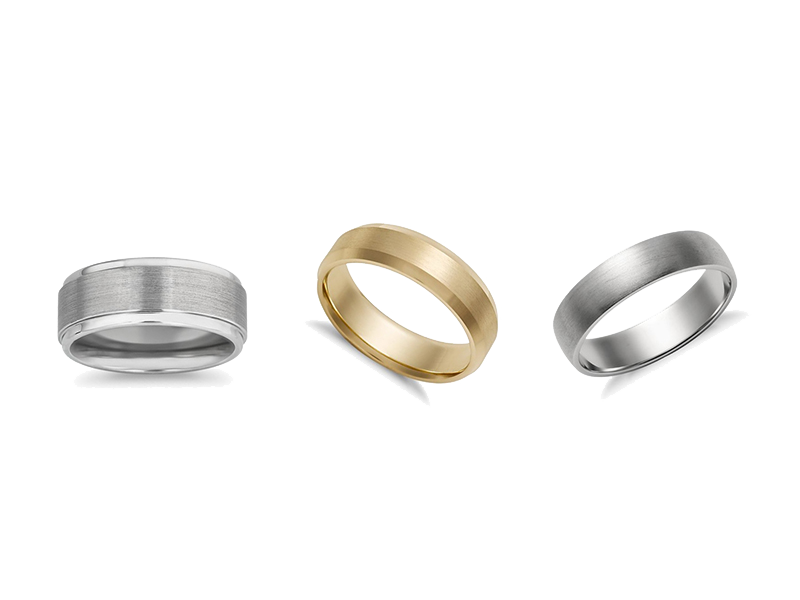
We use state-of-the-art German made casting machinery, sparing no expense on quality. Flasks are held under vacuum pressure whilst melting metals in a Argon positive atmosphere, the result is metal that does not undergo oxidating during the melting and casting phase as gas porosity is eliminated.
Once metal is casted, the flaks then undergo vibration during the liquidous to solidus phase at a very specific frequency resulting in:
The result of the casted parts overall means they have better tension and elastic properties making them easier to process due to better formability, which in high volume environments can translate a reduction of post-processing time of up to 25%.
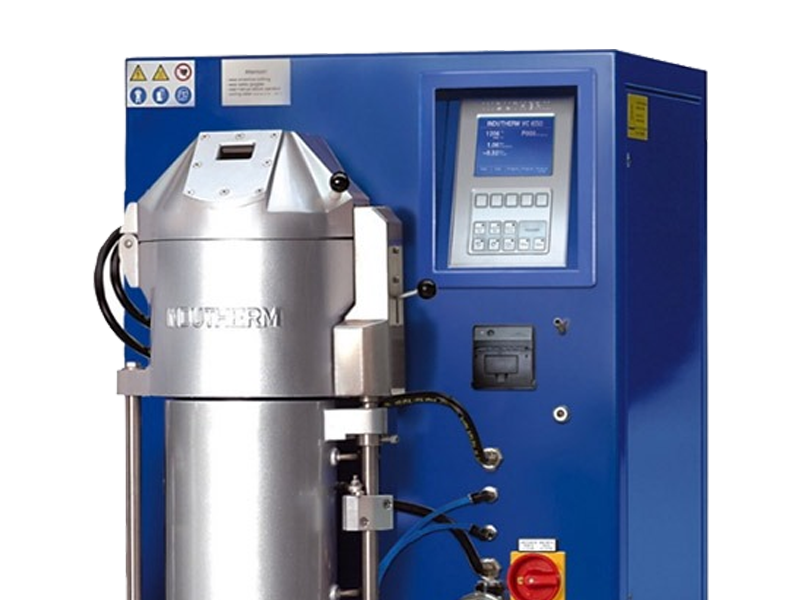
We formulate and granulate our very own master alloys in house and use the highest purity available precious metals at five 9’s (99.999%) sourced from Australian bullion suppliers and non-precious base metals such at four 9’s (99.99% purity) sourced both locally and overseas.
The following precious metals are sourced directly from Australian bullion suppliers who deal directly with various Australian mines:
The following precious & base metals are sourced directly from the suppliers in Europe (who deal directly with European mines).
We don’t use Rhodium (Rh), Gallium (Ga), Iridium (Ir), Nickle (Ni), Tin (Sn) or Silicon (Si) as they as they compromise the integrity of high-quality castings.
At Hygrade Casting, quality is everything. We use the finest investment powders available on the market, distilled water and use the absolute best investment mixing equipment from Germany and Italy.
Our proprietary 14-hour burnout cycle ensures complete wax elimination and a clean, ash-free mould, delivering precise, high-quality castings. We reject rapid burnout cycles that compromise the final product.

By precisely controlling flask temperatures, casting pressures, and quenching times, we eliminate common defects such as miscasting, porosity, scorching, and brittleness. Every step of our process is optimised for perfection and precision.
You’ll receive castings that are clean, bright and have strong tensile strength with a very tight grain structure. All of our castings are hypoallergenic, meaning they’re safe for wear (rings, earrings, pendants, etc.) as we refuse to use base metals like nickel and gallium.

Our high-end clientele values quality and precision over price and speed, so we focus on a select range of premium metals to ensure the best quality castings. We do not offer stone set in wax casting as we do not want to deal with the headaches surrounding the issues with this method such as: cracked stones during casting, stone colour changes during casting and stones falling out during the investment process.
We will be updating these images below in a few weeks to show our true colours, it's a tricky and technical photography process to get a reflective material like gold to display it's "true colour" on a monitor/screen. We are working on a real 360deg video too for each colour & karat.
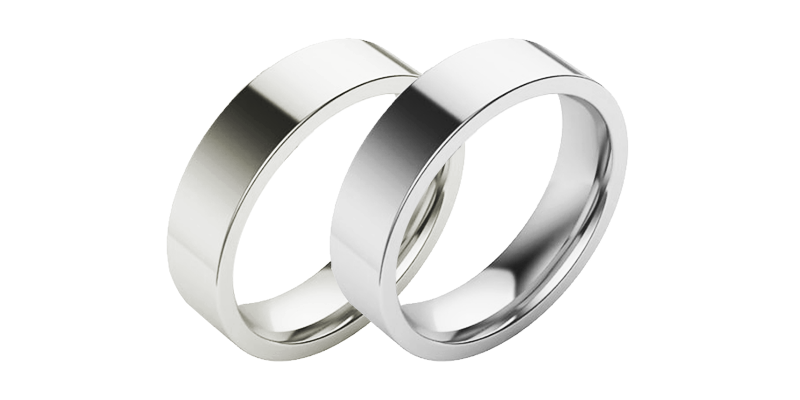
18 Karat Premium White Gold
(13% Palladium)
9 Karat Premium White Gold
(7% Palladium)
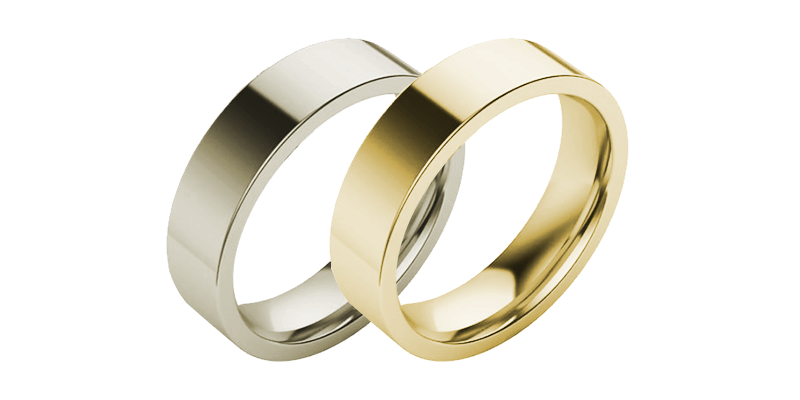
18 Karat Premium Yellow Gold
9 Karat Premium Yellow Gold
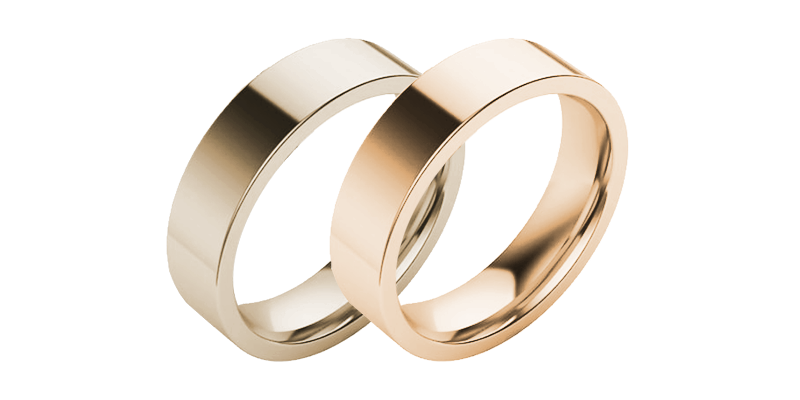
18 Karat Premium Rose Gold
9 Karat Premium Rose Gold
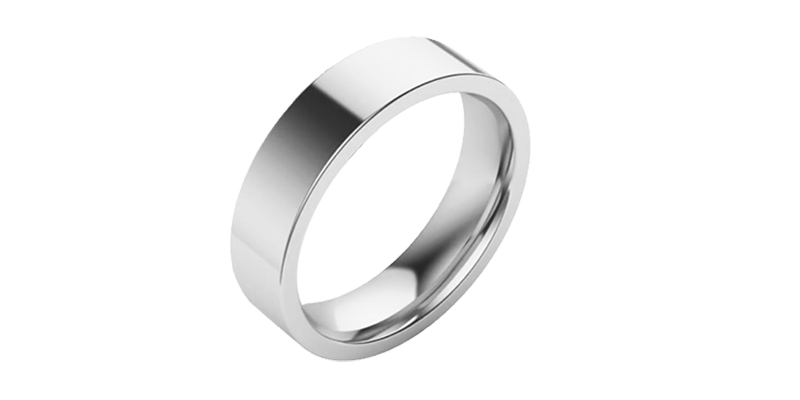
Ultra 925 Silver (5% Palladium)
We do not cast regular 925 silver (sterling silver), 10 karat, 14 karat, 22 karat as the demand is so small for these metals. We may consider offering Platinum later in 2025.
Our casting days are Tuesday - Friday as we prep castings on Monday. We do not work over the weekends or public holidays. We very rarely can accept client waxes to be casted the following day as our workflow volume is rather large on a daily basis.
All castings will have a single main feeder sprue (the main feeder) that is 5-10mm in length and 3-4mm in diameter, furthermore depending on the design, multiple flow gates internally may be required. This metal is part of your casting, which you will be invoiced for. See our 3D wax printing page for a better understand and drawings.
We offer optional post-processing services for an additional fee to reduce the amount of billable metals. Flush-Cutting reduces the main feeder sprue to 2mm, Snip n Save Service reduces the internal flow gates to 2mm, see our Post-Processing page for more information and pictures.
You’re welcome to supply your own castable waxes (injection wax, hand-carved wax, wax-printed items). If you are injecting your own waxes into a rubber/silicone mould, we ask to please ensure you use a mould release spray and not baby powder, furthermore we ask that you use fresh and premium quality injection wax designed for jewellery. We found that cheap injection waxes sometimes lead to random specs of porosity.
Your waxes must already have a feeder sprue attached that have a diameter of:
We can supply you the correct feeder sprue wax sticks if you require them.
Customer Supplied Resins:
We no longer accept customer supplied resins as we refuse to cast resin regardless of brand and/or how well they have been cleaned and cured. This also includes resins that are marketed as "more of a wax than resin", we've tried them all and they all cast inconsistently!
We accept customer supplied rubber/silicone master moulds for wax injection, valuable for high-volume clients who want to minimize wax printing fees on the same item. We charge $5 + GST per pump injected wax for small-regular sized items, minimum charge $25 + GST for less than 5 pieces. We do not offer master mould making services as it's a very finicky and time consuming process to cut out the moulds correctly.
The table below provides essential technical data, including theoretical and wax densities, softening points, melting points, and shrinkage factors. Our 3D wax printer prints with zero shrinkage, and we routinely cast with shrinkage rates as low as 0.10% for small to regular-sized pieces. However, if your workflow demands extreme precision, particularly post-polish tolerances to within ±0.10 mm, or if heavy benchwork is involved, it's important to factor in potential shrinkage due to the filing, sanding and polishing process.
The most critical metric for jewellers is the casting gravity wax factor, this determines how much metal will be needed to match your wax weight. These are approximate conversions; final cast weight may vary slightly based on sprue length (our flush-cut service minimises this), and small variances in gold purity during casting (e.g. 17.98K to 18.02K). As zinc oxidises and burns off during casting, the net gold purity rises slightly, resulting in a marginally heavier piece.
| Material | Theoretical Density | Casting Gravity Wax Factor | Softening (Approx) | Liquidous Melting (Approx) |
| 18 Karat White Gold (13% Palladium) | 15.91 g/cm³ | x 16.60 | 900 - 950 °C | 1,100 - 1,150 °C |
| 9 Karat White Gold (7% Palladium) | 13.79 g/cm³ | x 13.60 | 850 - 880 °C | 900 - 940 °C |
| 18 Karat Premium Yellow Gold | 15.49 g/cm³ | x 16.10 | 900 - 920 °C | 940 - 960 °C |
| 9 Karat Premium Yellow Gold | 11.06 g/cm³ | x 11.70 | 850 - 870 °C | 900 - 950 °C |
| 18 Karat Premium Rose Gold | 14.98 g/cm³ | x 15.55 | 930 - 950 °C | 970 - 990 °C |
| 9 Karat Premium Rose Gold | 11.24 g/cm³ | x 11.90 | 900 - 930 °C | 950 - 990 °C |
| Ultra-925 Silver (5% Palladium) | 10.51g/cm³ | x 10.90 | 930 - 950 °C | 1,050 - 1100 °C |
Our 3D wax printers print with zero shrinkage, we have perfected our flask burnout cycles, flask temperatures, metal casting temperatures and quenching times to ensure we can have zero to no shrinkage (sometimes our shrinkage is as low as 0.10%). However, 3D wax prints have printing lines that need to be sanded and polished, furthermore, some bench jewellers may be heavy handed in this approach, so more shrinkage needs to be accounted for. Generally speaking, in real world applications with most bench jewellers, we suggest factoring in a shrinkage into your STL files, especially if you are trying to achieve target within 0.10mm.
Visit our CAD Tech page for more information about STL files.
If your wax model weighs 0.35 grams and is to be cast in 18 Karat Premium Yellow Gold, the calculation would be:
0.35g (wax) × 16.10 (18K yellow gold wax gravity) = 5.63g of 18K yellow gold required.
Please also allow for additional wax used in the form of sprues. Depending on your design, we may need to have extra sprue material to ensure correct positioning on the casting tree and to prevent breakage during the investment and pouring process.
After casting, we cut the main feeder sprue as close to your piece as possible using industrial pneumatic cutters. However, a small section of the sprue usually around 5-10 mm in length will remain attached to your item. This remaining metal becomes part of your final casting and is therefore included in the weight you are invoiced for, unless you opt for our flush-cut post processing service (available for an additional fee). This service allows us to cut your feeder sprue down to as low as 1-2mm.
For examples of sprue and flow gate design, please see our CAD Tech tab above.
Gold purity is a subject most casting houses avoid. Why? Because achieving consistent karat accuracy requires a level of precision many simply don’t commit to.
Here’s the reality: during casting, zinc naturally burns off even with argon shielding (which causes a slight increase in gold purity). That’s why you may see XRF readings of 18.01K or 9.01K on our castings. It’s not a fault, it’s the result of tightly controlled, professional casting. It can also mean the final piece weighs slightly more, and you're invoiced accordingly, based on actual post-cast weight.
Rather than try to “balance” purity by adjusting zinc levels between melts (a common practice that can push gold below legal thresholds), we follow strict, repeatable protocols. Every melt is prepared using NMI trade-approved scales, accurate to 0.001g, and calibrated with certified weights before every single use.
By law, 18K gold in Australia must contain at least 74.58% pure gold (17.92K). Our castings consistently land between 18.00–18.02K in the real purity factor, because we intentionally add 0.010g of extra gold per 100g melt. It costs us less than $2 per 100g, but it guarantees we stay above spec. This approach reflects our commitment to transparency, consistency, and long-term trust with all of our clients.
We don’t assume zinc loss will push a borderline mix up to 18K. Our gold and alloy are weighed with precision, using ultra-thin sheets hand-cut to exact milligram values. If you ever see a reading like 17.97K, remember: this often reflects scanner tolerance, not the actual purity. Even NMI Trade Approved XRF scanners have built-in variance and a perfect 18.00karat casting will have the following reading variances from XRF scanners:
Shifting an the same item on the scanner by just 1mm will alter the result reading. We have experienced first hand that even NATA approved laboratories experience this, one reading will reading 17.98 karat, then nudging the item 1mm and re-scanning will make it read 18.02 karat. These minor fluctuations are well within legal limits and entirely normal. To ensure consistency, we include a control ring in every flask, positioned centrally in the flask. After casting, it’s scanned in both raw and polished states to verify purity before any order is released. If the control ring comes back on or under the legal threshold, we notify you straight away instead of telling you the item miss-casted.
All precious metals: gold, silver, and palladium are sourced exclusively from Australian bullion suppliers with full assay certification. No scrap. No imported fillers. No shortcuts.
This is casting without compromise.
If you demand quality, accuracy, and traceability, whether for bespoke pieces or production-scale runs, we are built for your standard.
We don’t buy back or credit precious metal castings including: sprues and flow gates as it’s a time-wasting exercise for both sides. Instead, we keep metal costs razor-sharp and competitive, furthermore, we offer optional post-processing services that save you time and money. Need to trim your metal bill? Our Flush-Cut Main Feeder Sprue and Snip-n-Save Flow Gate options reduce your payable metal weight and your bench time, without the back-and-forth.
We do not offer metal buybacks or credits, our service is strictly focused on precision casting, not metal trading. In the rare case of a genuine casting defect, you must notify us within 48 hours of receiving your order. Items must be returned for inspection, and if confirmed faulty, we will refund or credit the exact invoiced amount, no more, no less, regardless of any changes in the metal market. We will not entertain post-return renegotiations based on gold price fluctuations.